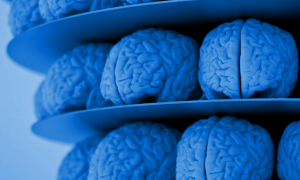The healthcare guidance body NICE (National Institute for Health and Clinical Excellence (NHS NICE) has published final guidance recommending the use of brain monitoring technology such as the Bispectral Index (BIS, Covidien), E-Entropy (GE Healthcare) and Narcotrend-Compact M (MT MonitorTechnik GmbH & Co). These EEG-based depth of anaesthesia monitors should be considered as positive options in patients receiving total intravenous anaesthesia (TIVA) and in patients who are considered at higher risk of adverse outcomes during any type of general anaesthesia, such as seniors, those with high body mass index, and those with cardiovascular and liver disease.
EEG based Brain Monitoring Systems helps clinicians assess patient consciousness levels through measuring the electrical activity in the brain. This includes patients who are at higher risk of unintended awareness (anesthesia too light) and also those patients who are at higher risk from excessively deep anaesthesia.
Superior surgical outcomes, the low cost of the testing and the ease of use of these technologies all contribute to the recommendations.
You can access these documents through ASET (www.ASET.org)




